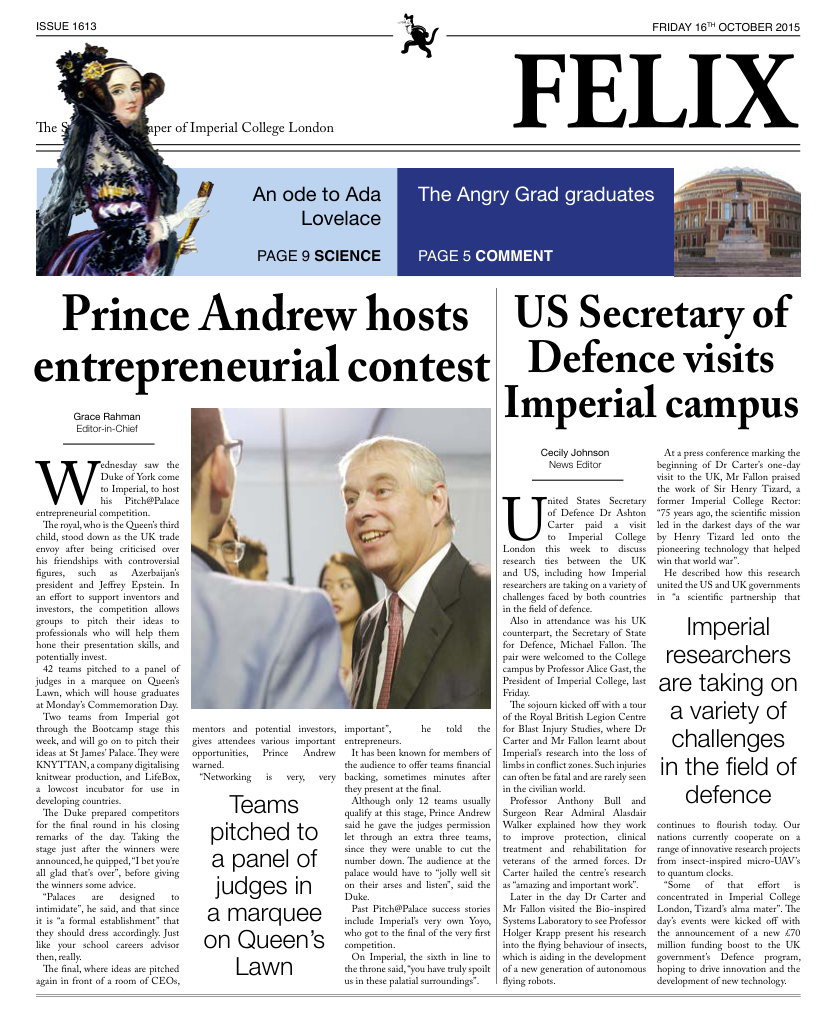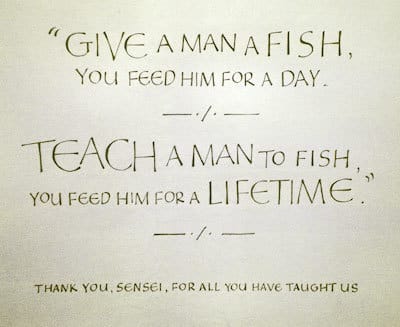Old dog, new tricks?
Can Twitter’s recently re-instated CEO, Jack Dorsey, do better this time?

Back in June, Twitter CEO Dick Costolo (@dickc) tweeted: “Welcome back, @jack !!”. He was referring to Jack Dorsey, one of the co-founders of Twitter. This enigmatic tweet, short even by Twitter standards, signalled to those in the know that Dick Costolo had stepped down as CEO of the micro-blogging giant with former CEO Jack Dorsey to return as interim boss.
Last week Dorsey was appointed permanent CEO and took to Twitter himself, announcing the news with the obtuse: “Hello! We have some news to share!” followed by thirteen tweets covering business plans, plugs for his other company (Square, a mobile payments company) and the importance of free speech. Having been side-lined as CEO in 2008 for the technical issues the site was experiencing, Mr Dorsey is returning to the helm of a technically competent company but one that is struggling to reach profitability.
Twitter constrained itself severely with its unique selling point, the tweet
The challenges Dorsey will face were best expressed not by him, however, but by his predecessor. Mr Costolo, announcing his departure from the board of Twitter, tweeted a five-point list regarding the company. Along with paying lip service to Dorsey, he sinisterly commented that “those banging pots and pans outside Twitter know the least about what’s going on inside Twitter”.
The “pots and pans” are being wielded by the legions of investors dissatisfied with the company’s performance since its blockbuster IPO in November 2013. After soaring to a high of $73.71 in December 2013, shares slipped to a mere $30.85 by May 2014 and have been stuck in the doldrums ever since. The case made against Twitter by its critics is simple: there is no overarching strategy in place to take the firm forward. Investors, anxious about the firm’s inability to make a profit, rightly want to know whether the company can turn itself around. The tweets of the current and former CEOs reveal much about why the firm will struggle to live up to its initial, extraordinary hype.
Consider first Dorsey’s messages. Following his official re-appointment last week he wanted to discuss his vision of the future. Constrained by his medium, however, he was forced to break down his case into ugly 140 character soundbites. Costolo, similarly, had to use five tweets to convey his none-too-complex thoughts.
Such misappropriation of the medium, writing paragraphs of text as multiple tweets, goes right to the heart of Twitter’s problem. The concept was born nearly ten years ago as a way of making haiku-esque text messages public. It was not built as a business. Like Facebook, initial excitement centred on its staggering growth: build the user base first, monetise it later. Unlike platforms like Facebook, Twitter constrained itself severely with its unique selling point, the tweet.
This uniqueness has propelled the word tweet into the dictionary and the zeitgeist but is now acting as a drag on user base growth, shown by the prolonged plateau in monthly active users (Twitter’s preferred metric of success). Twitter has primarily relied on a small fraction of users clicking on paid advertisements (much like Google) to make it money. If the number of users is constant and the revenue you are making today doesn’t offset your costs then there is an obvious problem.
To deal with this issue Twitter has two choices. It can increase the money it makes off its users or increase user base. The first route is a dangerous path for companies that offer esoteric services like Twitter; obtrusive adverts or shameless money-making ploys will simply push users onto other platforms. Other attempts to bolt on money-making services in the past have equally failed, for example a payment system called TwitPay was quietly sold for a mere $100,000 in 2010.
Alternatively, Twitter can increase the number of active users. To that end Mr. Dorsey announced last week a new feature in Twitter: moments. These are smartly linked up tweets, pictures and videos gathered under headings like recent sports events and the like. Would-be users, put off by the difficulty of finding interesting tweets amongst the dross will instead read tweets within these Moments. It is a smart service and, aside from the bizarre choice of not launching the service on iOS in addition to Android and Desktop (presumably it will come in time), it will interest some people for a time at least.
Yet it is highly derivative of other services that don’t require subscription to the arcane world of Twitter. Snapchat, an app for sending short-lived images and videos to friends, has already added just such a feature. This almost identical service, found under the category Discover in the app, offers Snapchatters the opportunity to read curated articles from news outlets along with video and images. The service is effectively a more accessible multimedia Twitter feed assembled by news outlets and websites themselves. This highly intuitive approach will draw in users to such paid content far more easily than Twitter’s Moments approach.
The fundamental issue of Twitter’s restrictiveness remains: formats like Snapchat and Facebook have the ability to create new features without alienating puritanical users accustomed to a very narrow set of features. This not only maintains user growth but allows the developers to experiment with new revenue streams. Twitter, by contrast, appears stuck in an inexorable Catch-22. Evolve and lose its key demographic; stay put and condemn itself never to turn a profit.
Of course theres a third way: if revenues cannot be bolstered, reduce operating costs. In fact Mr Dorsey is planning to do just that. This week, 336 job cuts were announced. Such a move, ruthless but seemingly necessary in the face of continued stagnation, suggests Mr Dorsey may well have what it takes to improve Twitter’s (and investors’) prospects. The 2% share increase in Twitter following this announcement suggests the same. It does hint, however, that like me, he doesn’t think Moments will be the game changer it was claimed to be.







